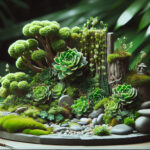Introduction to Crassula Plants
Dive into the world of Crassulas, also known as Jade plants or Money plants, and discover their unique characteristics that make them a favored choice among succulent enthusiasts. These hardy and versatile gems are not only famous for their lush emerald leaves but also for their resilience and the touch of green elegance they add to any setting.
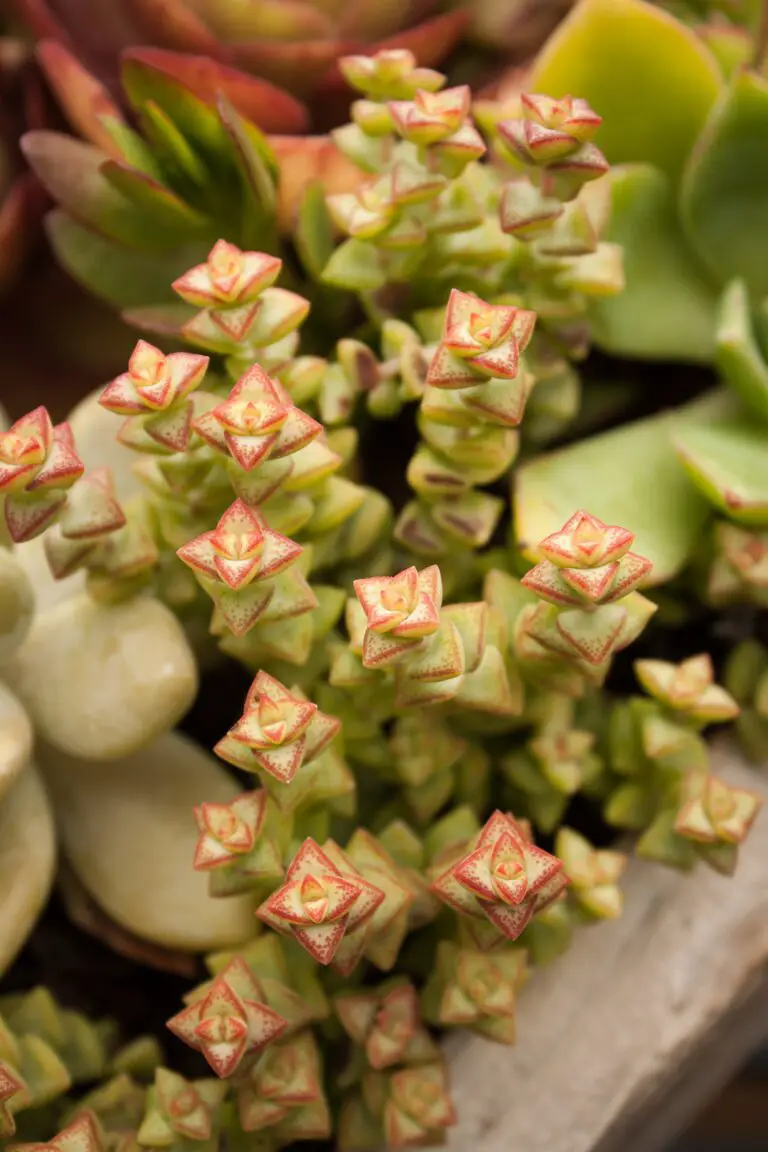
Imagine a small, robust plant sitting proudly on a sun-drenched windowsill, its thick, spoon-shaped leaves glistening as the sun’s rays caress its surface. This is the classic image of the Crassula, an unassuming yet majestic botanical wonder that has captured the hearts of those looking to add a splash of nature’s serenity to their indoor spaces.
While they are often spotted in homes and offices basking quietly in their pots, Crassulas are also the unsung heroes of water conservation. Their ability to store water in their fleshy leaves allows them to thrive in dry conditions, making them an excellent green companion for the forgetful or busy plant parent. For the ins and outs of caring for these low-maintenance plants, take a stroll through The Spruce’s comprehensive care guide.
Whether you’re a seasoned gardener or a green-thumbed novice, incorporating Crassulas into your flora collection can be a rewarding adventure, as each plant is a living sculpture, shaped and nurtured by your own hands.
Decoding the Appearance of Crassula
Imagine stepping into a world where plush greenery meets structural elegance, and you’ve got a mental picture of the Crassula plant. Renowned for their lush, shiny leaves, Crassula varieties are the epitome of succulent beauty. These leaves are not just visually pleasing; they’re also thick, a clear indication of their water-storing superpowers. It’s like each leaf is gearing up for a marathon, stocking up on all the hydration it could need. And the color palette? Oh, it’s a feast for the eyes. From deep greens to frosted blues, and even the occasional variegated stripe, Crassula plants are like nature’s living mosaic.
Growth patterns in Crassula can be as varied as their leafy hues. Some prefer to stand tall, reaching up to the sky with a statuesque poise, while others sprawl outwards, creating a verdant carpet that any insect would love to traverse. In the quest to thrive, they’ve mastered the art of resilience, rooting themselves with such conviction that they become the anchors of their environment. This incredible adaptability makes them a beloved choice for enthusiasts and newbies alike in the world of succulents.
Interested in giving these succulent superstars a home? It’s not just about their looks; understanding how to care for them properly can turn your space into a Crassula paradise.
If you’re visualizing how these charming succulents could transform your space, take a peek at this insightful peek into the world of Crassula.
There’s truly something special about the Crassula plant. It’s a succulent that doesn’t just sit pretty in a pot; it tells a story. A story of resilience, adaptability, and sheer visual delight. Whether nestled among a collection of houseplants or standing alone as a green beacon, the Crassula plant is a testament to the enchanting diversity of succulents.
The Many Faces of Crassula: Species and Varieties
If you’ve ever marveled at the plump leaves of a Crassula ovata, you know the allure these succulents hold. But that’s just the beginning. Step into the world of Crassula, and you’ll find a fascinating array of species, each boasting its own special twist on succulent beauty. Let’s peel back the layers and explore some of the most captivating members of this botanical family!
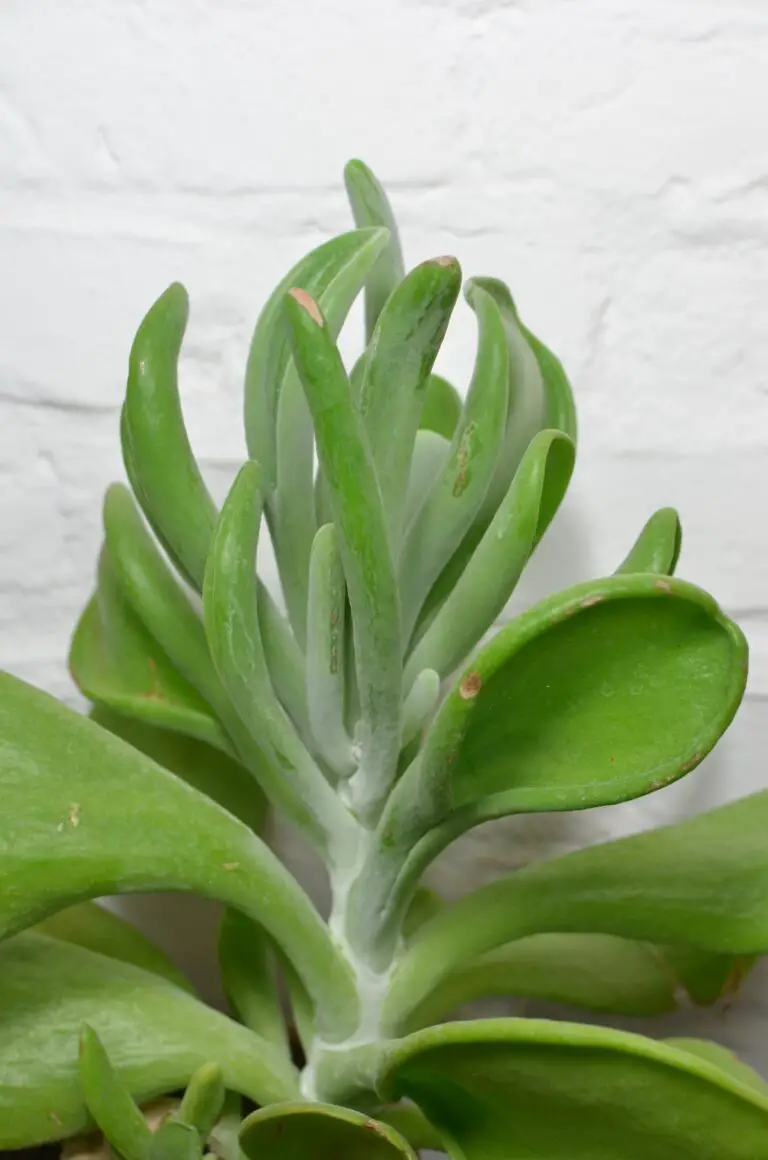
The classic charm of the Crassula ovata, often called the jade plant, is unmistakable with its woody stems and plump, oval leaves that shine like jade gems. In contrast, the Crassula arborescens, or silver jade plant, offers a different vibe, presenting disc-shaped leaves dusted in a silvery sheen that can turn pink on the edges with enough sunlight. It’s a show-stopper in any garden or sunny indoor spot!
But the Crassula family doesn’t stop there. Imagine a succulent with stacks of coin-like leaves dotting its branches, and you have Crassula perforata, affectionately known as string of buttons. It’s a quirky plant with a playful personality, perfect for adding a touch of whimsy to your living space.
In search of something even more exotic? Let’s talk about Crassula capitella, which transports you to a miniature forest with its pyramid-shaped foliage that shifts from green to a fierce red as the seasons change. Then there’s the ripple-jade, Crassula arborescens undulatifolia, dancing with its wavy, undulating leaves that create a sea of greenery, awash in tranquility.
Caring for these succulent treasures is part of the fun. For a deep dive into the specifics of nurturing your Crassula ovata, take a look at our insightful guide on sustaining a thriving succulent haven, where you’ll learn all the tips and tricks for a lush, flourishing plant.
So, you see, Crassula plants come in all shapes and sizes, with each variety telling its own story in the language of leaves and growth patterns. Incorporate these succulent beauties into your life, and witness the joy as they transform your space with their resilient and evergreen charm!
Ideal Conditions for Your Crassula Plant
Welcome to the lush world of Crassula, where these hardy succulents reign supreme with their plump leaves and statuesque beauty. But, just like any splendid greenery in your life, Crassulas have their particular sweet spots for thriving. Let’s dive into the radiant realm of these plants and ensure yours are living their best life!
First off, serving up the perfect platter of sunshine for these green gems is crucial. Crassulas bask in bright, indirect light, much like a lazy cat lounging in a sun-flooded room. However, be mindful—direct midday rays can scorch their delicate leaves. Think of it like the soft morning light that caresses your face, rather than the harsh noon blaze that has you squinting and seeking shade.
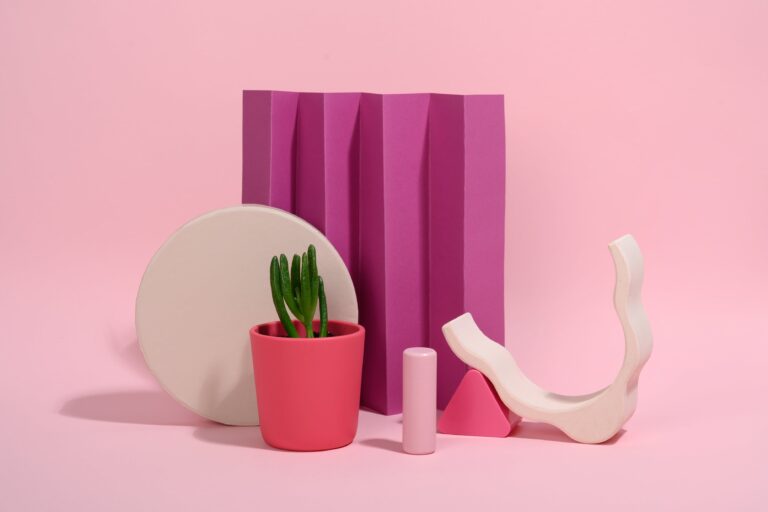
When it comes to hydration, these succulent beauties are the camels of the plant world. Overzealous watering is a no-go; an undercurrent of dampness is what they relish. The roots should take a leisurely drink then have time to dry out, as though sipping a fine wine instead of chugging a pint. It’s this cyclical dance of wet and dry that keeps them strong and resilient.
Lastly, let’s get our hands dirty and talk soil. Crassulas aren’t fussy, but they do appreciate a well-draining mix that’s as light and airy as a well-aerated loaf of artisanal sourdough. A combination of potting soil, coarse sand, and perlite or pumice will have them sighing in contentment. Think of the soil as a cozy, breathable bed—just what they need after a long day of soaking up the sun.
If you’re looking to delve deeper into the intricacies of nurturing your Crassula, there’s a wealth of wisdom awaiting you. Remember, providing the ideal environment is all about balance and understanding the unique personality of your plant. With these tips, your Crassula will be the epitome of succulent splendor!
Crassula Plant Care: Do’s and Don’ts
If you’re ready to dive into the world of succulents, the Crassula plant might just steal your heart. Thick, lush leaves and a reputation for being a forgiving houseplant, it’s no surprise that Crassula is a favorite among green thumbs and novices alike. But before you start singing “Ain’t No Mountain High Enough” to your new leafy friend, let’s talk about the secrets to keeping your Crassula thriving.
First things first, sunlight is like that VIP pass for Crassula; without it, your plant might as well be stuck outside the club! Picture your Crassula soaking in the morning rays, yet retreating to the shade when the sun throws its afternoon tantrums. This balancing act prevents those undesirable sunburns—because yes, plants get them too!
Now, watering. Is it a science or an art? For Crassula, it’s a bit of both. Over-watering is like attending a party where you’re the only guest—awkward and damaging. To avoid root rot, do the “soil test” before watering: stick your finger in the soil, and only water if it feels like a dry handshake. On the flip side, under-watering turns your Crassula into a lackluster prop in a spaghetti western—so aim for a consistent, but not excessive, watering schedule.
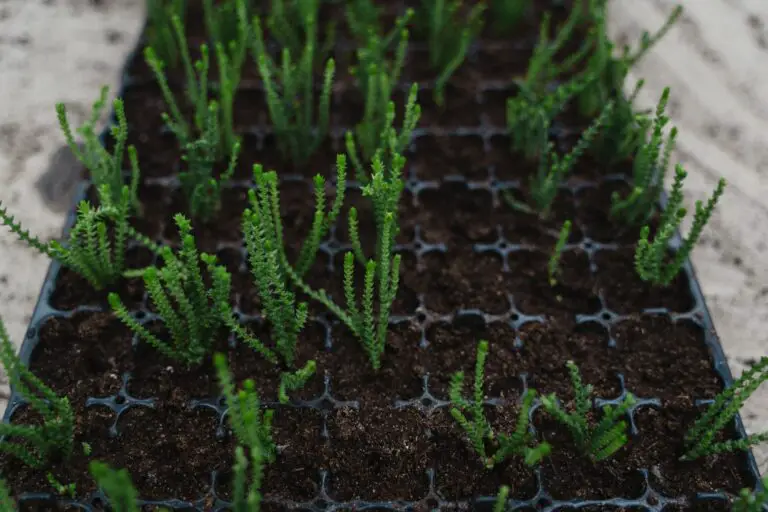
Dealing with pests? They’re the uninvited guests at your Crassula’s pot party. Keep an eagle eye for freeloading aphids or mealybugs looking to crash the scene. If you spot them, gently wipe your plant with a soft cloth dipped in soapy water, or introduce some natural predators like ladybugs to chow down on them—nature’s own bouncer.
As for fertilizing, think of it as your plant’s personal trainer. A little boost during the growing season can work wonders. Not sure when that is? A quick search will give you the lowdown on the best times to give your Crassula that extra oomph.
So there you have it, fellow green guardians. Taking care of a Crassula plant doesn’t require a PhD in Botany. With a sprinkle of love, a dash of attention, and following these simple do’s and don’ts, you’ll have a flourishing Crassula that can turn your living space into a succulent sanctuary. Remember, every plant has its personality; learn yours and watch it thrive!
Troubleshooting Common Issues with Crassula Plants
Have you noticed your Crassula looking a bit under the weather? It happens to the best of us. But fear not, you don’t need a green thumb equivalent to a master gardener to bring it back to its glory. Let’s dive into some of the typical troubles these succulent charms face and how you can nip them in the bud!
Say your Crassula started looking like it just pulled an all-nighter; its leaves losing their plumpness and luster. This could be a sign of water distress. Too much love in the form of water can lead to root rot, while too little can leave it dehydrated and sad. Imagine if you were stuck with either a flood or a drought for feet. Not fun, huh? So, finding that Goldilocks zone of ‘just right’ is key.
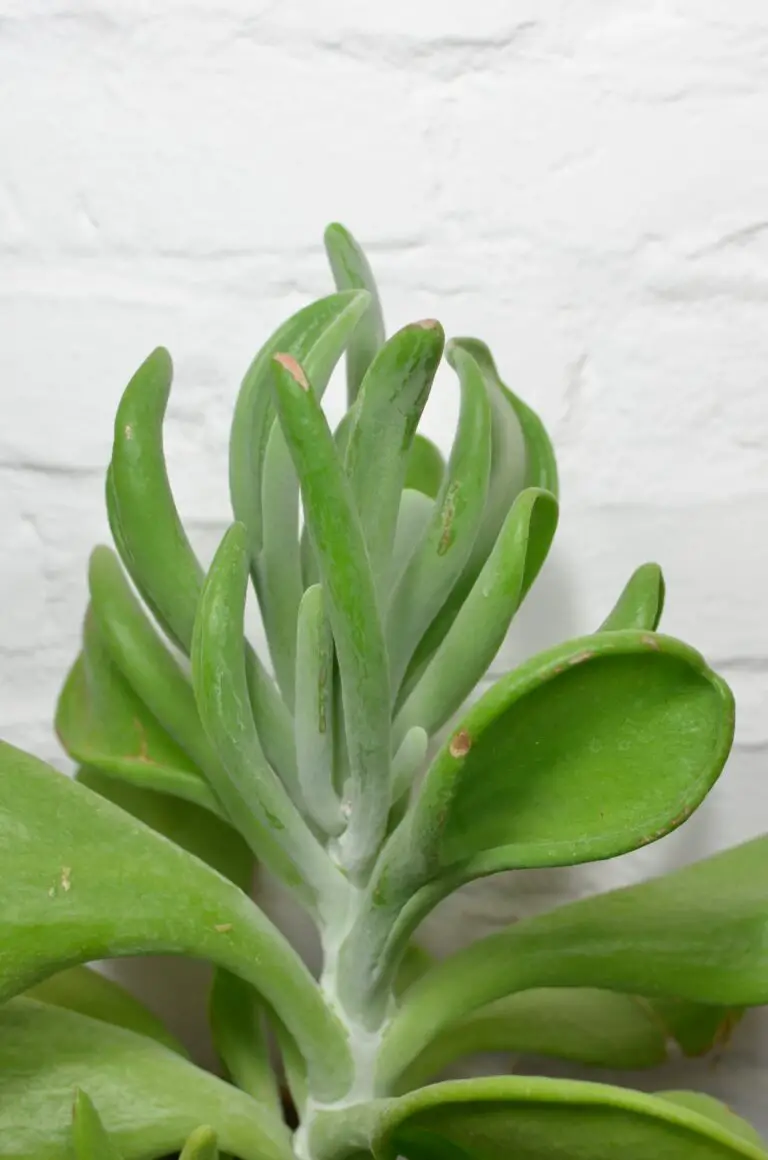
Next up in the lineup of usual suspects is sun exposure. These beauties crave the spotlight but not too much. Unfiltered, scorching sun can give your Crassula a sunburn, and trust me, it doesn’t tan well. Look for leaves that have gone from green to brown like they’ve decided to join the toast family. On the flip side, too little light can cause your plant to stretch out as if it’s trying to snag some rays. It should be chubby and cute, not tall and lanky.
Fending off pests is another battle for your Crassula. Ever had a tiny, uninvited guest that just won’t leave? Well, aphids and mealybugs can be those pesky visitors for your plant, making themselves at home and snacking on its sap. Regular inspections and a quick swipe with isopropyl alcohol on a cotton swab can be your plant’s knight in shining armor.
Temperature swings can also throw your Crassula for a loop. These succulents like their environment like we like our ice cream – cool, not frozen, and definitely not melted. Keep them away from drafty windows or hot radiators to avoid giving them temperature shock.
Remember, with the right care, your Crassula can be the showstopper of your plant collection. Regular check-ins, a careful watering schedule, and a watchful eye for pests and diseases can keep your succulent buddy looking sharp. So, keep these tips in your garden tool belt, and watch your green friend thrive! No conclusion needed because this Crassula story is to be continued…
Frequently Asked Questions
Have you ever spotted a Crassula plant at a friend’s house or in a quaint botanical shop and wondered how this plump, green beauty is kept so vibrant? You’re not alone. Let’s dive into some of the burning questions that plant enthusiasts have when it comes to nurturing these succulent gems.
What does a Crassula plant look like in full bloom?
Imagine your garden coming to life with the subtle blossoms of Crassula plants. These succulents often surprise their owners with an elegant display of tiny, star-like flowers—usually white or pale pink—dotting the fleshy green canvas of their leaves. It’s a minimalist’s dream, adding a touch of nature’s splendor without overwhelming the senses.
Curious about multiplying your Crassula collection?
Propagation might sound like a horticultural challenge, but with Crassula, it’s as easy as pie. Picture this: a single leaf falls onto the soil and, with a bit of patience and care, it springs to life as a new plant. This isn’t fantasy—it’s the joy of Crassula propagation! You can transform a single succulent into an entire landscape of these hardy beauties.
Want to see it in action? Check out this video for a visual guide on the “Crassula and Sedum Stem Propagation – Easiest Way to Propagate.” It showcases just how simple multiplying your succulents can be.
How often do Crassula plants need a sip of water?
Here’s a thirst-quenching fact: Crassula plants are like the camels of the plant world. Their thick leaves store water, allowing them to thrive even when you forget to water them for a stretch. It’s an ideal plant for those of us who are on-the-go or occasionally absent-minded. However, they do appreciate a regular watering schedule—just be wary of overdoing it!
With their unique appearance, minimal care requirements, and easy propagation methods, Crassula plants are not just a botanical curiosity but a real-life example of nature’s practical beauty. Keep these questions in mind, and you’re well on your way to becoming a savvy Crassula cultivator!
